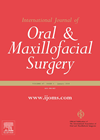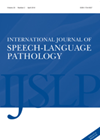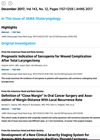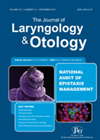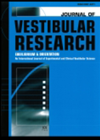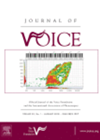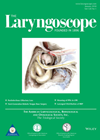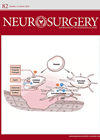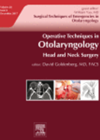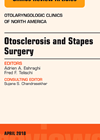
Journal Reviews archive for 2018
Blindness after orthognathic surgery
This is a case report and review of the literature of this rare, but well recognised alarming complication. The authors discuss the possible mechanisms, suggesting that it does not arise from a direct injury to the optic nerve and is...
Swallow assessment: is clinical judgement or objective measurement more reliable?
Swallowing difficulties are life threatening and are the most common referral reason to speech and language therapists working with the adult population. Video fluoroscopic examination is a common instrumental tool used to assist in the assessment of the risk of...
What should be considered a ‘close’ margin in oral cavity squamous cell carcinoma?
Achieving clear margins during surgical resection in oral cavity squamous cell carcinoma (OCSCC) is thought to reduce local recurrence (LR) and improve prognosis; however, what constitutes a clear, close, or involved margin is inconsistent in the literature and in practice....
Association of childhood OME with obesity
Many factors influence the development of otitis media with effusion (OME) in children, some of them being increased plasminogen factor inhibitor (PAI-1) levels, eustachian tube obstruction and gastro-oesophageal reflux. These factors are also associated with obesity. Sixty children with mean...
Is clinical HIT as good as vHIT in the emergency room?
Establishing the cause of acute vestibular syndrome (AVS) is critical in the first few hours of presentation in the emergency department. The first question to ask is, “is it due to a peripheral vestibular pathology or a stroke?” This is...
Reactive lesions of the contralateral vocal cord – excise or leave?
It is well recognised that benign lesions of one vocal cord can give rise to reactive lesions of the contralateral vocal cord directly opposite to the primary lesion. These contralateral reactive lesions (CRLs) are thought to arise due to impact...
What is balloon eustachian tuboplasty (BET)?
Eustachian tube dysfunction (ETD) is the result of a combination of factors that interfere with the mucosal functional or cartilaginous structures. Failure to open the eustachian tubes can cause aural pain, pressure in the ears, muffled hearing, crackling/popping sounds in...
A new bio-glue for neurosurgical wound closures
Dural closures need to be tight to prevent cerebrospinal fluid leaks. Traditional wound closure techniques involve sutures and DuraSeal which is the only FDA approved polyglycol hydrogel sealant with proven safety and efficacy profile. This article describes a new sealant,...
Skull base imaging: a review
This excellent review paper describes the anatomy, imaging protocols and differentiating imaging findings on CT and MRI in myriad skull base lesions. Skull base protocol MRI and thin section CT are required to evaluate all skull base lesions. According to...
Deep space neck infections and their management
This article explores the approach to managing patients with deep space neck infections. Clearly, an understanding of the fascial planes within the neck is required which then provides an understanding of the route of spread in these cases. The authors...
Simulation and otologic surgery
Ensuring adequate exposure and developing surgical skills for trainees has been an ongoing challenge. In this article, the authors reviewed the role of simulation and its role in developing skills in otologic surgery for trainees. Virtual-reality (VR) simulation models have...
Advances in diagnosis and management of allergic rhinitis
This article reviews advances in the diagnosis and management of allergic rhinitis. Recent advances in the diagnosis of allergic rhinitis include testing of local immunoglobulin E (IgE), urinary test to diagnose aspirin hypersensitivity and optical rhinometry to assess degree of...

